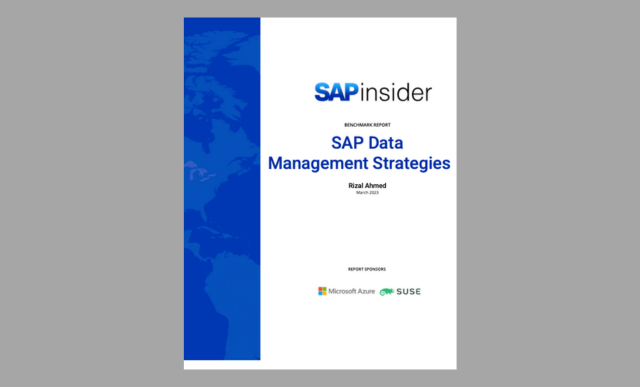Data has the power to disrupt markets and challenge preconceptions. It inspires transformation by creating clarity to see what others cannot. The most valuable commodity in the world, trustworthy and understood data, creates opportunities and transforms ideas into well-known brands.
Data security and management are being scrutinized more due to their value. Control over data residency and sovereignty is in greater demand these days. There are laws safeguarding data and data privacy in over 130 nations, and more are drafting laws in this area.
Data residency and sovereignty have some subtle differences, but both relate to where data is located. Data residency describes where your data is physically located while data sovereignty refers to the governance and rules that data is subject to, based on location.
Both can have significant effects on how any data migration is carried out, but ultimately, it is about giving the customer control over their data migration process.
Regaining control
Organizations are becoming increasingly concerned with where their data is located. The growth of the public cloud adoption has significantly impacted data management. But due to data residency and sovereignty concerns, businesses are now unsure of public cloud capabilities to protect their data.
This is a crucial element in complicated data migrations. Since data is frequently dispersed among multiple locations, it may be under the jurisdiction of many regulations regarding how it should be managed and stored. For example, imagine a business trying to transfer data to a big cloud provider. It probably has a variety of on-premises systems, some of which may be spread across several nations. Each nation may have distinct laws governing how data is handled or transferred outside of that nation. How is it possible to keep data where the customer wants it and have it distributed but still connected? This relates to data sovereignty. When this is accomplished, customers recover much control over which nations their data is permitted to reside in, where it can be moved, and other factors.
As businesses develop their cloud strategies, this is becoming a significant concern. For some businesses, this problem prevents them from moving to the public cloud at all.
To maintain data residency requirements during a challenging data transfer, you must adhere to your company’s data residency policies while assuring a successful migration. Can this be done? Although this seems impossible, it is not.
Businesses must have the ability to manage and use data in a distributed setting. They need a flexible architecture that enables them to push down commands to the location of the data rather than always pulling it from their application provider's data center. That is significant as establishing a connected but distributed data landscape requires this flexibility.
Data residency best practices
The three recommended practices to address the data residency issue are:
First, thoroughly comprehend national data sovereignty rules and regulations, particularly as they pertain to Personally Identifiable Information (PII). One of the main goals of many recent regulations is to give people more control over how their PII is handled. The California Consumer Privacy Act (CCPA) and GDPR are mainly regulations governing data privacy, but data residency is a factor in both. Data localization refers to rules for data residency that restrict data to within a country's borders. Even though some countries place wide restrictions on data transfers, others adopt sector-specific regulations that include data related to telecommunications, online publication, government, e-commerce, financial and more. Work with a knowledgeable provider who is familiar with regional laws.
Second, confirm that you have auditing tools to track who accessed your data and how it was modified. This is not just about security; frequently, laws call for a distinct lineage to be shown in order for auditor approval and government compliance reporting.
Third, use technology that can adapt to your specific needs. To achieve multi-country compliance, it may be necessary to maintain connectivity from a process and orchestration standpoint while distributing where data is persisted.
Toward a safe and compliant migration
Data residency laws are here to stay, so companies must be very aware of where their data is stored and where they are sending it. A data migration project may stagnate or even halt due to confusion about data residency issues. But the insights that might generated from that data could transform a company.
Businesses need proper architecture to use data insights while adhering to data laws. Along with having auditing skills and adaptable data management systems, they also need to know the legal requirements in each country where they store data. Together, these components will help businesses develop a solid data strategy compliant with regulations.









